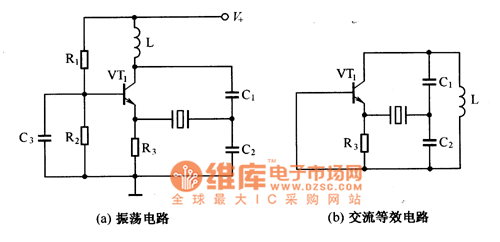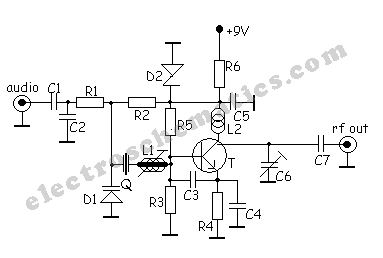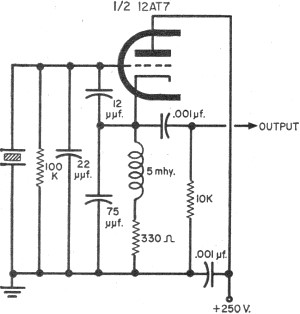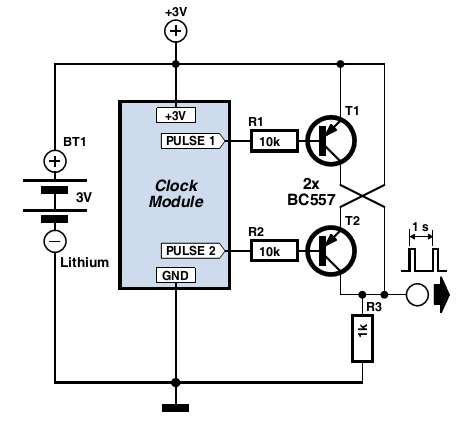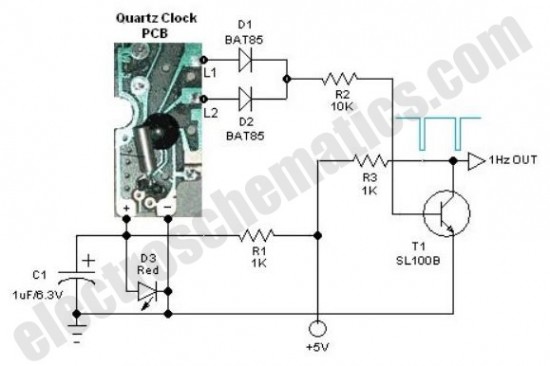
Specifying Quartz Crystals
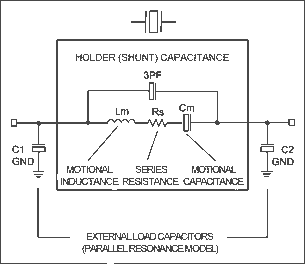
This article explains the specifications and characteristics of crystals and crystal oscillators, and aids in specifying crystals and working with crystal vendors. The article covers the significant performance characteristics of crystals, which include resonance frequency, resonance mode, load capacitance, series resistance, holder capacitance, motional inductance and capacitance, temperature calibration, and drive level.
Crystal oscillators are crucial components in electronic circuits, providing stable frequency references essential for various applications, including clocks, timers, and communication systems. The performance of a crystal oscillator is primarily determined by the properties of the crystal itself.
Resonance frequency is a critical parameter, indicating the frequency at which the crystal naturally vibrates. This frequency is influenced by the physical dimensions and material properties of the crystal. The resonance mode refers to the specific vibrational mode the crystal operates in, which can affect the oscillator's stability and frequency accuracy.
Load capacitance is another vital specification, as it determines how the crystal interacts with the surrounding circuitry. It is essential to match the load capacitance to the crystal’s specified value to ensure optimal performance. Series resistance represents the energy losses within the crystal and can impact the oscillator’s output signal quality.
Holder capacitance is the capacitance contributed by the crystal package, which can affect the overall load capacitance seen by the circuit. Motional inductance and capacitance are parameters that characterize the dynamic behavior of the crystal during oscillation, influencing its frequency stability and response to temperature changes.
Temperature calibration is necessary to ensure that the oscillator maintains its frequency accuracy across varying temperatures. Finally, drive level refers to the amount of power supplied to the crystal, which must be within specified limits to avoid damage and ensure reliable operation.
In summary, understanding these specifications and characteristics is essential for effectively selecting and implementing crystals and crystal oscillators in electronic designs. Proper attention to these parameters will lead to improved circuit performance and reliability.This article explains the specifications and characteristics of crystals and crystal oscillators, and aids in specifying crystals and working with crystal vendors. The article covers the significant performance characteristics of crystals, which include resonance frequency, resonance mode, load capacitance, series resistance, holder capacitance, motional inductance and capacitance, temperature calibration, and drive level.
🔗 External reference
Crystal oscillators are crucial components in electronic circuits, providing stable frequency references essential for various applications, including clocks, timers, and communication systems. The performance of a crystal oscillator is primarily determined by the properties of the crystal itself.
Resonance frequency is a critical parameter, indicating the frequency at which the crystal naturally vibrates. This frequency is influenced by the physical dimensions and material properties of the crystal. The resonance mode refers to the specific vibrational mode the crystal operates in, which can affect the oscillator's stability and frequency accuracy.
Load capacitance is another vital specification, as it determines how the crystal interacts with the surrounding circuitry. It is essential to match the load capacitance to the crystal’s specified value to ensure optimal performance. Series resistance represents the energy losses within the crystal and can impact the oscillator’s output signal quality.
Holder capacitance is the capacitance contributed by the crystal package, which can affect the overall load capacitance seen by the circuit. Motional inductance and capacitance are parameters that characterize the dynamic behavior of the crystal during oscillation, influencing its frequency stability and response to temperature changes.
Temperature calibration is necessary to ensure that the oscillator maintains its frequency accuracy across varying temperatures. Finally, drive level refers to the amount of power supplied to the crystal, which must be within specified limits to avoid damage and ensure reliable operation.
In summary, understanding these specifications and characteristics is essential for effectively selecting and implementing crystals and crystal oscillators in electronic designs. Proper attention to these parameters will lead to improved circuit performance and reliability.This article explains the specifications and characteristics of crystals and crystal oscillators, and aids in specifying crystals and working with crystal vendors. The article covers the significant performance characteristics of crystals, which include resonance frequency, resonance mode, load capacitance, series resistance, holder capacitance, motional inductance and capacitance, temperature calibration, and drive level.
🔗 External reference
